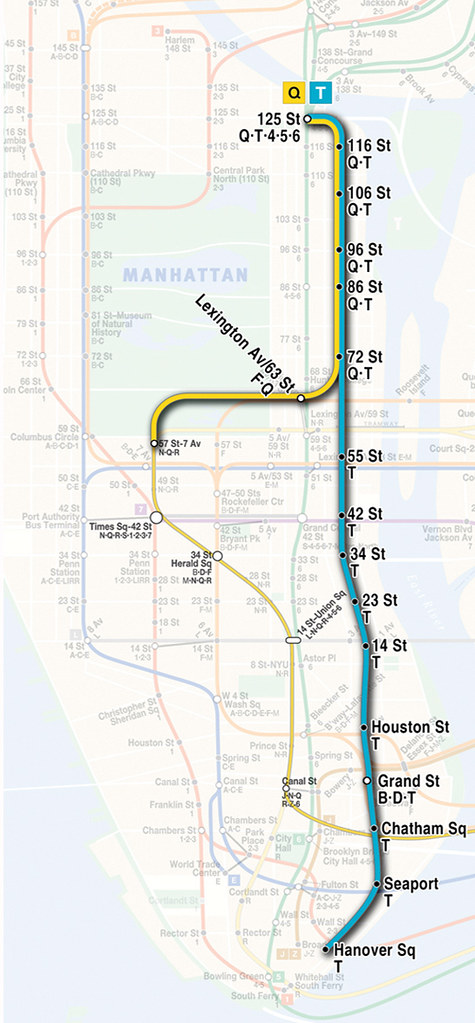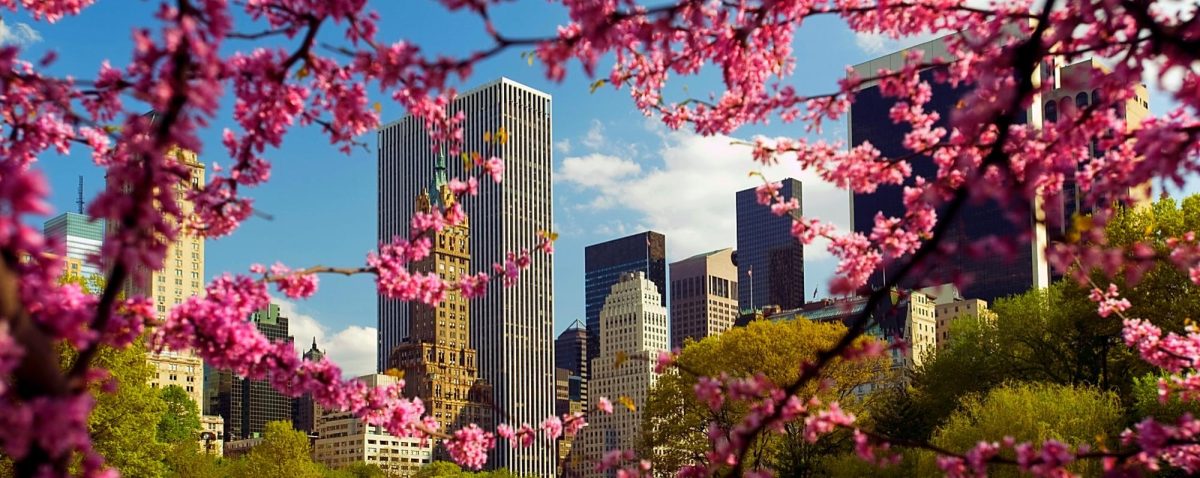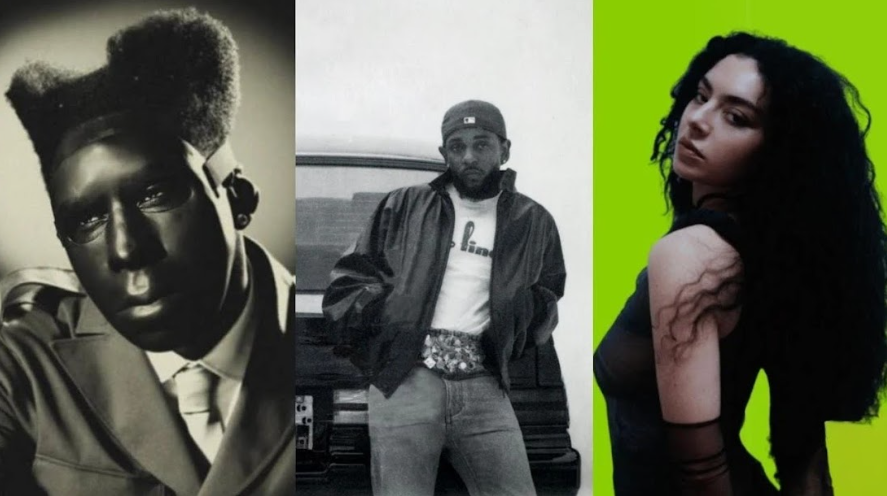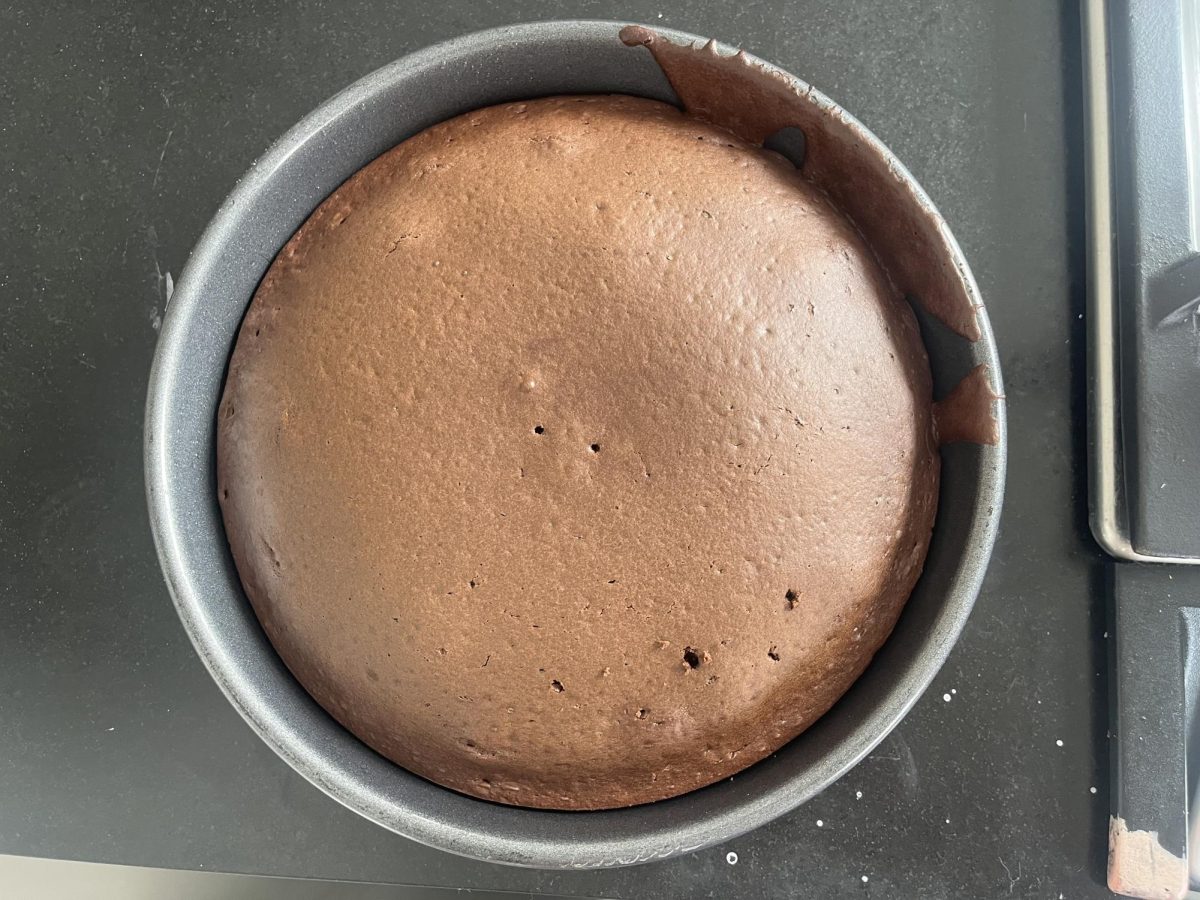After a long day of school or work, New York residents usually still have a journey ahead of them to get home, and usually, that journey is that of the NYC subway.
Although to New Yorkers the subway is nothing new, when tourists come here they look at the dozens of lines in confusion of our complicated and elaborate system, and they think, “How come there are so many lines yet none along the far east side?”
Well today we have a portion of the second avenue line, and it is highly successful, “it brings something to east siders like me that exponentially helps fix the problem of our current commute.”
New York City has 24 subways, serving all 5 boroughs with easy transportation between almost any two places within city limits. However, the subway system was created decades ago, and it neglected many areas, which we see in every borough. Even Manhattan, one of the busiest islands in the world, has some areas that are so far from a subway station that those living there have to drive, take a bus, bike, or walk to get to and from places.
For people living on the east side of Manhattan, many have struggled with their commutes. However, the long proposed and planned Second Avenue subway is already being implemented into the system, and in just a few years we are hoping to see a huge extension, but will this really help? What will change from this new line? How long will it take? Do we really need the Second Avenue subway?
To answer these questions, we have to go way back to the creation of the subway, and to understand that, we need to know why our city needed a subway system in the first place.
New York City already started to see transit options from the mid to late 1800s, however these lines were all above ground and stayed away from the “big” parts of the city, including manhattan. These transit lines got the job done, but in the chance of a blizzard, these lines failed and a new way of transportation was needed, an underground one, safe from the issues of outside. So, in 1904, the first underground subway opened, and it could take you from City Hall to Harlem in just 15 minutes.
As the subway system took off, along came more and more lines, including the proposal for the Second Avenue line. This became very close to a reality, until the Great Depression came along and pushed back the resources and money needed to complete this line, delaying it by a decade. And as they were planning and starting up the project again, World War II broke out, and followed the Korean War.
This line continued to be pushed back until people believed there was no possibility of a Second Avenue subway to ever be completed, which caused East Siders to use the Lexington avenue line, which still stands today under the 4, 5 and 6 trains.
Things started to look better for this line in 1957 when the city was granted money to improve the subway, but of course the plan was shut down once again, due to a lack of money.
As the city got bigger and developed, the idea of the Second Avenue subway stayed a dream, a hope, never a reality.
The 4, 5 and 6 trains got so crowded with people from the far east side that the city needed a way to get rid of the madness. They needed the Second Avenue subway to help decongest the other lines. Finally, ideas for phase 1 got approved in 2006 and the city started mass construction, building a line from 63rd street to 96th street.
This was released a few years back, and is being served to this day by the Q line. Currently we are just starting up work on Phase 2 of the line, which will connect 96th street and Second Avenue to 125th street and Lexington avenue, connecting with the 4-5-6 trains for a transfer
Phase 3, which is yet to be confirmed, would connect 72nd street all the way down to Houston street, giving people in East midtown, the East Village, and the Lower East Side a way to get uptown, on the east side, without needing a transfer. Hopefully, Phase 4 would bring the line to Hanover Sq, giving even more subway access to the Lower East Side and Chinatown.
As someone who lives on the Lower East Side, I have always had somewhat of a struggle to get to the Upper East side and East Harlem. Whether I need to take the F-M to the 4-5-6 trains, or maybe the J-Z to the Q, maybe even the bus, there is no transfer-free ‘easy’ way and the Second Avenue subway would help with that. But does it really help the people on the far East Side?
For me, this line is helpful, and I could very much benefit from it, but what about those living way farther east, even along the East River? These people could still face 20, 25 and 30 minute walks to the Second Avenue subway, and it would still be their closest option.
Ruby Weinstein, who lives in the Lower East Side, shares that “my current commute to my nearest subway station is about a 10 minute walk, or a couple of bus stops, which makes taking the subway inconvenient, which inclines me not to take the subway as much.”
This goes to show that East Siders usually have to take multiple forms of transportation to get places, for Ruby, she takes a bus to a train, to maybe even another train.
“I think that the second avenue subway is a well designed route, however maybe they could make a stop closer to the drive (FDR drive), such as Grand Street and Columbia street, or maybe even Grand and FDR.”
Although Ruby’s idea of potential subway stops easter along Grand St. would be extremely helpful, it would unfortunately not happen, because it wouldn’t make sense for a subway line to go south, then east, then west, then south again.
Ella Leitner, who has lived on the Lower East Side since 1980, says that “Since the Lower East Side isn’t a ‘touristy neighborhood’ it does not have the same treatment from the MTA including accessible stations and of course, a eastern subway line. Although the T train is not helping all East Siders, it will still significantly improve many peoples commutes and give them easier transit opportunities, so I do believe that this line is worth all of the time and effort put into it.”
Though some are upset that the Second Avenue subway isn’t going to help all East Siders with their commutes, it still will help many, and Phase 1 is already seeing tons of daily riders and that will only grow with the other phases..
Carter, says that the second avenue subway is something he “frequently uses, the Q line is only a few minutes away from my house and acts as an efficient way to get downtown, towards the west side, and when the extension is released I will have a new way to get downtown further east, which is extremely convenient.” He also thinks that this line is definitely worth the time and money of the MTA, and says that “The Second avenue subway brings something to East Siders like me that exponentially helps fix the problem of our current commute, which is that we can now get to East Harlem, Midtown East, East Village and the Lower East side in a way the 4-5-6 trains couldn’t do.”
So whether the Second Avenue subway is released in 1 year or in 100, I, along with plenty of New Yorkers, and the MTA, look forward to having a new subway line connecting more people to NYC transportation and having a new way to commute.



















